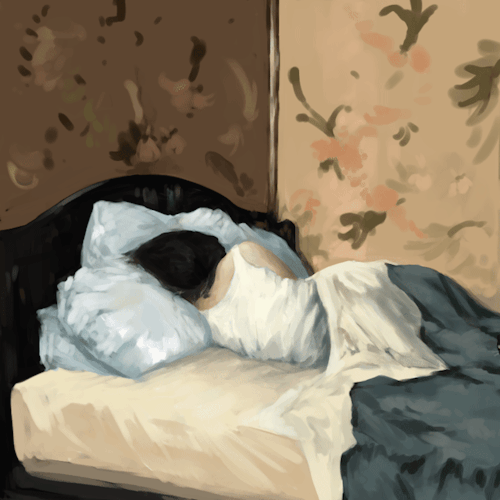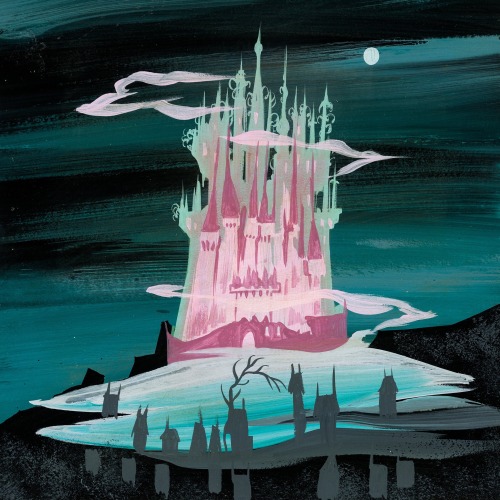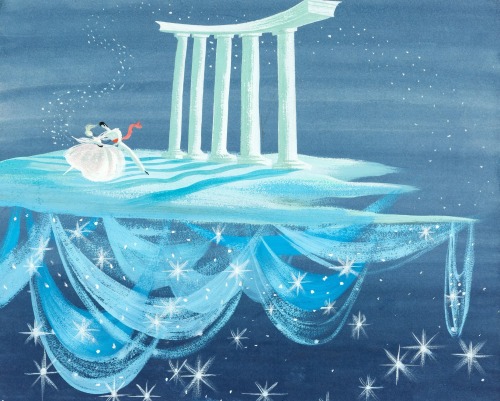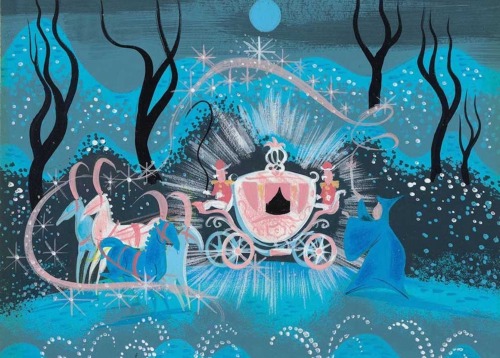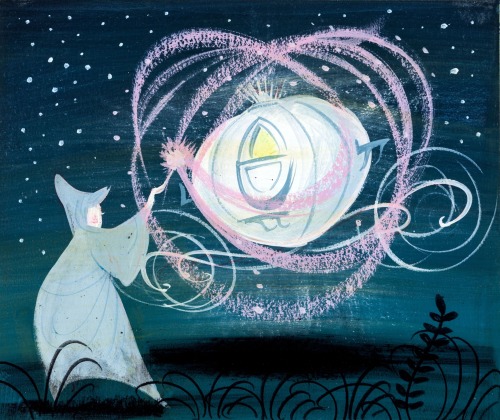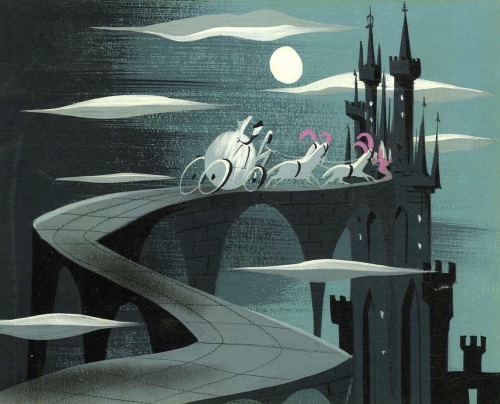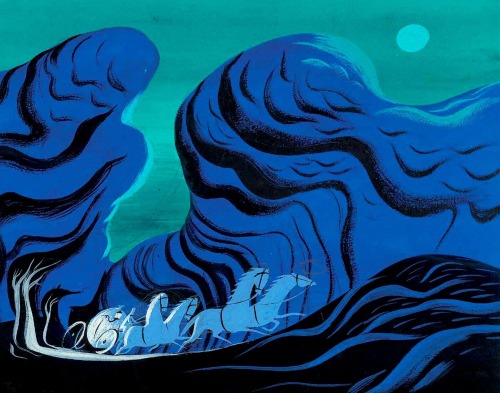Jeremy Miranda (American,b. 1980)

Jeremy Miranda (American,b. 1980)
Tide Pool
Acrylic on panel
More Posts from Bearieblues and Others
Hello hello! I love your blog and its really helping me get back into writing after an uncomfortably long burnout break. My question is how would you write a character slowly going insane because of their circumstances and the things they are forced to endure to go through them? Thank you so much in advance?
Hi, I'm so glad you've been finding it helpful! I went over some of this in a bit more detail in my previous post answering a similar question (how to write a character slowly going insane from their world going out of their control), but it won't hurt to address it again.
Have a Baseline:
When writing a character who is slowly going insane due to external factors and challenges, it's important to start by introducing your character at a point where they're relatively stable mentally, showing their personality, goals, and relationships to give a general idea of how their life normally was before the deterioration of their mental stability. This will allow the readers to see for themselves what changes and shifts occurred, as well as their consequences.
Stressors:
Identify the key events or circumstances that will gradually wear down your character's sanity—whether it be external factors (intense stress, a traumatic experience, isolation, facing a series of challenges they aren't equipped or prepared to handle), internal, or both. In any case, it's important to have a clear reason in place.
Internal Struggle:
As the character starts to feel more and more pressure and stress, the initial signs of distress will start to show, both in their thoughts and behaviour. Using internal monologue or stream-of-consciousness narration to show their mental state. It may start with the character questioning themselves and behaving irrationally, then change to risky or self-destructive behaviour as their perceptions become increasingly distorted.
Thanks for asking! Happy writing ❤

Writing Weapons (1): Swords
The Thrusting Sword
Type of fight scene: entertaining, duels, non-lethal fights, non-gory deaths, swashbuckling adventure
Mostly used in: Europe, including Renaissance and Regency periods
Typical User: silm, male or female, good aerobic fitness
Main action: thrust, pierce, stab
Main motion: horizontal with the tip forward
Shape: straight, often thin, may be lightweight
Typical Injury: seeping blood, blood stains spreading
Strategy: target gaps in the armous, pierce a vital organ
Disadvantage: cannot slice through bone or armour
Examples: foil, epee, rapier, gladius
The Cleaving Sword
Type of fight scene: gritty, brutal, battles, cutting through armour
Typical user: tall brawny male with broad shulders and bulging biceps
Mostly used in: Medieval Europe
Main action: cleave, hack, chop, cut, split
Main motion: downwards
Shape: broad, straight, heavy, solid, sometime huge, sometimes need to be held in both hands, both sides sharpened
Typical Injury: severed large limbs
Strategy: hack off a leg, them decapitate; or split the skull
Disadvantage: too big to carry concealed, too heavy to carry in daily lifem too slow to draw for spontaneous action
Examples: Medieval greatsword, Scottish claymore, machete, falchion
The Slashing Sword
Type of fight scene: gritty or entertaining, executions, cavalry charge, on board a ship
Mostly used in: Asia, Middle East
Typical user: male (female is plausible), any body shape, Arab, Asian, mounted warrior, cavalryman, sailor, pirate
Main action: slash, cut, slice
Main motion: fluid, continuous, curving, eg.figure-eight
Shape: curved, often slender, extremely sharp on the outer edge
Typical Injury: severed limbs, lots of spurting blood
Strategy: first disable opponent's sword hand (cut it off or slice into tendons inside the elbow)
Disadvantage: unable to cut thorugh hard objects (e.g. metal armor)
Examples: scimitar, sabre, saif, shamshir, cutlass, katana
Blunders to Avoid:
Weapons performing what they shouldn't be able to do (e.g. a foil slashing metal armour)
Protagonists fighting with weapons for which they don't have the strength or build to handle
The hero carrying a huge sword all the time as if it's a wallet
Drawing a big sword form a sheath on the back (a physical impossiblity, unless your hero is a giant...)
Generic sword which can slash, stab, cleave, slash, block, pierce, thrust, whirl through the air, cut a few limbs, etc...as if that's plausible
adapted from <Writer's Craft> by Rayne Hall
-
 crittergirl123 liked this · 1 month ago
crittergirl123 liked this · 1 month ago -
 alynfinity liked this · 1 month ago
alynfinity liked this · 1 month ago -
 julibellule liked this · 1 month ago
julibellule liked this · 1 month ago -
 manesalex reblogged this · 1 month ago
manesalex reblogged this · 1 month ago -
 larkspurious reblogged this · 1 month ago
larkspurious reblogged this · 1 month ago -
 pursuitpredation liked this · 1 month ago
pursuitpredation liked this · 1 month ago -
 seitou liked this · 1 month ago
seitou liked this · 1 month ago -
 caerulealily reblogged this · 1 month ago
caerulealily reblogged this · 1 month ago -
 themeeplord liked this · 1 month ago
themeeplord liked this · 1 month ago -
 margarinemask liked this · 1 month ago
margarinemask liked this · 1 month ago -
 ferretteeth reblogged this · 1 month ago
ferretteeth reblogged this · 1 month ago -
 acesirensinger liked this · 1 month ago
acesirensinger liked this · 1 month ago -
 theresababyonthebed liked this · 1 month ago
theresababyonthebed liked this · 1 month ago -
 herd-reject-arts liked this · 1 month ago
herd-reject-arts liked this · 1 month ago -
 freezi-drink liked this · 1 month ago
freezi-drink liked this · 1 month ago -
 serendipitymp3 liked this · 1 month ago
serendipitymp3 liked this · 1 month ago -
 khaosindigo liked this · 1 month ago
khaosindigo liked this · 1 month ago -
 sporadiczombielight liked this · 1 month ago
sporadiczombielight liked this · 1 month ago -
 quatregats reblogged this · 1 month ago
quatregats reblogged this · 1 month ago -
 guillemelgat liked this · 1 month ago
guillemelgat liked this · 1 month ago -
 ego-sum-arbor reblogged this · 1 month ago
ego-sum-arbor reblogged this · 1 month ago -
 elle-rosewater reblogged this · 1 month ago
elle-rosewater reblogged this · 1 month ago -
 ilookbeyond liked this · 1 month ago
ilookbeyond liked this · 1 month ago -
 seasick-dreams liked this · 1 month ago
seasick-dreams liked this · 1 month ago -
 gandalftheweeb liked this · 1 month ago
gandalftheweeb liked this · 1 month ago -
 astromechdroid-r2d2 reblogged this · 1 month ago
astromechdroid-r2d2 reblogged this · 1 month ago -
 astromechdroid-r2d2 liked this · 1 month ago
astromechdroid-r2d2 liked this · 1 month ago -
 amine-eyes reblogged this · 1 month ago
amine-eyes reblogged this · 1 month ago -
 hirikosaunders reblogged this · 1 month ago
hirikosaunders reblogged this · 1 month ago -
 hirikosaunders liked this · 1 month ago
hirikosaunders liked this · 1 month ago -
 threshie reblogged this · 1 month ago
threshie reblogged this · 1 month ago -
 threshie liked this · 1 month ago
threshie liked this · 1 month ago -
 thesexydolorosa reblogged this · 1 month ago
thesexydolorosa reblogged this · 1 month ago -
 thesexydolorosa liked this · 1 month ago
thesexydolorosa liked this · 1 month ago -
 crownofstardustandbone reblogged this · 1 month ago
crownofstardustandbone reblogged this · 1 month ago -
 nekonata reblogged this · 1 month ago
nekonata reblogged this · 1 month ago -
 neko-in-gotham liked this · 1 month ago
neko-in-gotham liked this · 1 month ago -
 remaered liked this · 1 month ago
remaered liked this · 1 month ago -
 iminaloine liked this · 1 month ago
iminaloine liked this · 1 month ago -
 footnotes-addiction liked this · 1 month ago
footnotes-addiction liked this · 1 month ago -
 footnotes-addiction reblogged this · 1 month ago
footnotes-addiction reblogged this · 1 month ago -
 livingmeatloaf reblogged this · 1 month ago
livingmeatloaf reblogged this · 1 month ago -
 livingmeatloaf liked this · 1 month ago
livingmeatloaf liked this · 1 month ago -
 geeky-bookworm-nerd liked this · 1 month ago
geeky-bookworm-nerd liked this · 1 month ago -
 grumpycakes reblogged this · 1 month ago
grumpycakes reblogged this · 1 month ago -
 mightbeabird reblogged this · 1 month ago
mightbeabird reblogged this · 1 month ago -
 mightbeabird liked this · 1 month ago
mightbeabird liked this · 1 month ago -
 mbiwald reblogged this · 1 month ago
mbiwald reblogged this · 1 month ago -
 mbiwald liked this · 1 month ago
mbiwald liked this · 1 month ago












